Packer Resources
Processors serve as the second line of defense in SWD management, following growers. Before any form of fruit reaches buyers, processors utilize various screening tools to ensure adequate screening for any grade of fruit.
Management Tools
Assessing, controlling and eliminating SWD post-harvest:
Fruit sampling for SWD larvae upon arrival and after final processing. The key is to collect multiple sub-samples from different pallets to accurately represent the entire harvested field. “Don't judge a book by its cover” but rather be thorough in the initial grade at dock.
Cool fruit to delay ripening and initiate kill steps for insect and disease contaminants using forced air circulation, both upon arrival and after processing. With commercial cold storage at 35F and 3 day cooling duration. The sooner fruit can be cooled upon harvest, the better.
Soft sorting line processing: Optical sorters have drastically improved in the past 20 years, efficiently sorting soft and defective fruit. When combined with manual sorting, nearly 100% of remaining fruit is contaminant free.
Final processing quality control. End market considerations dictate the necessary processing level before sale and the need for additional kill steps. Techniques like heating, filtration, and pasteurization are used based on the final product grade, effectively preventing pests like SWD from surviving.
Sampling for SWD Larvae at the Packing Facility
Each packer has to take particular nuanced steps in how SWD is monitored at their facility based on their specific needs and market niches. However, the following is the basic procedures and program that packers can use as a basis for their own SWD detection and QC needs.
- As a standard basis, a single 2-3lb sample should be randomly collected per pallet of raw product that arrives at the facility.
- Lightly squeeze fruit in the bag just enough to break skins but you don’t want to smoosh the fruit to a pulp because that makes it very hard to analyze.
- Optional: Leave fruit in bag in hot sun to heat to do initial larvae inspection. Heating will cause larvae, if present, to emerge from fruit and will be actively moving and easy to spot.
- Solution is: 1 cup of salt per gallon of water Alternative solution is using sugar at 2.5c per 1 gal of water.
- Advantage of sugar is a longer survival time of larvae in the solution.
- For a quick check in the field after a designated period of time (at least 15 minutes)
- A final check should be done after allowing sample to soak for 1 hour or more. Use a shallow flat tray to pour bag contents into. Having a large surface area makes it easier to examine for any SWD larvae. Wire mesh can also be used to further separate fruit from solution.
- SWD can be very spotty at low field levels and thus a random sample of fruit has the chance of finding larvae when the remaining pick could be entirely free of pest presence. Thus, it is important to resample before moving to any downgrading in order to assess how common SWD presence actually is in received fruit.
Spotted Wing Drosophila (SWD) is a major pest affecting small fruit crops in the Pacific Northwest.


(503) 285-0908
1100 NE 28th, STE 204,
Portland OR 97232
[email protected]
Additional SWD Resources
SWD IPM Information
© Northwest Berry Foundation. 2025 All Rights Reserved.